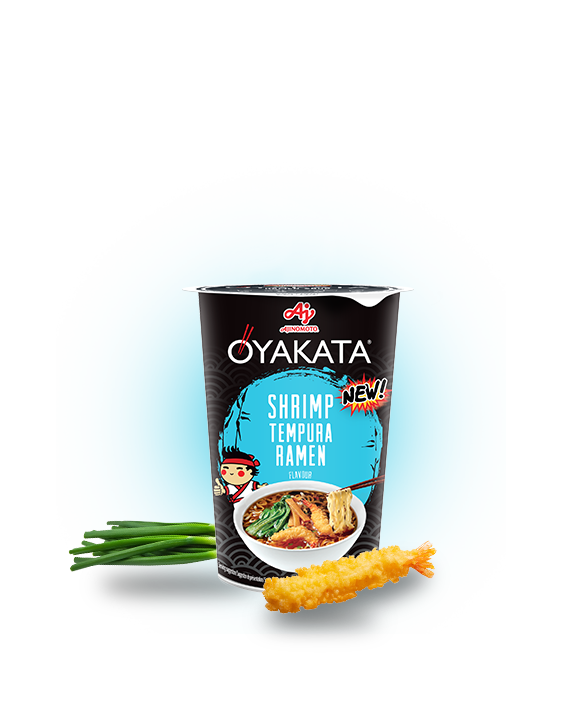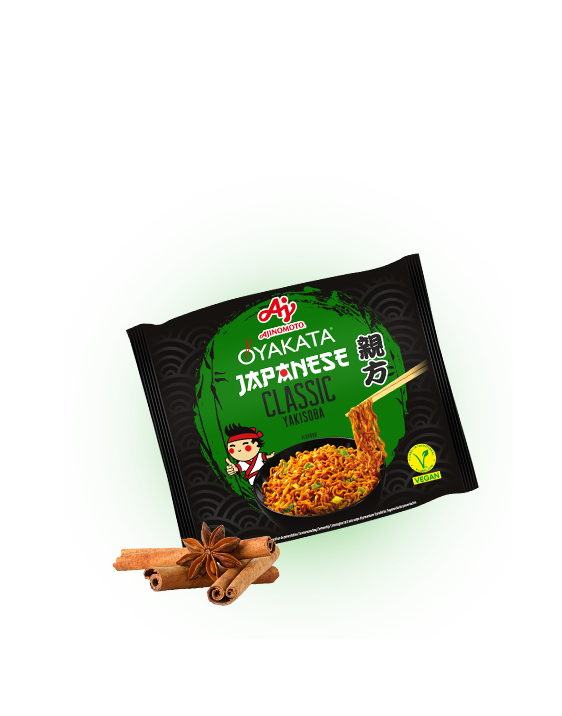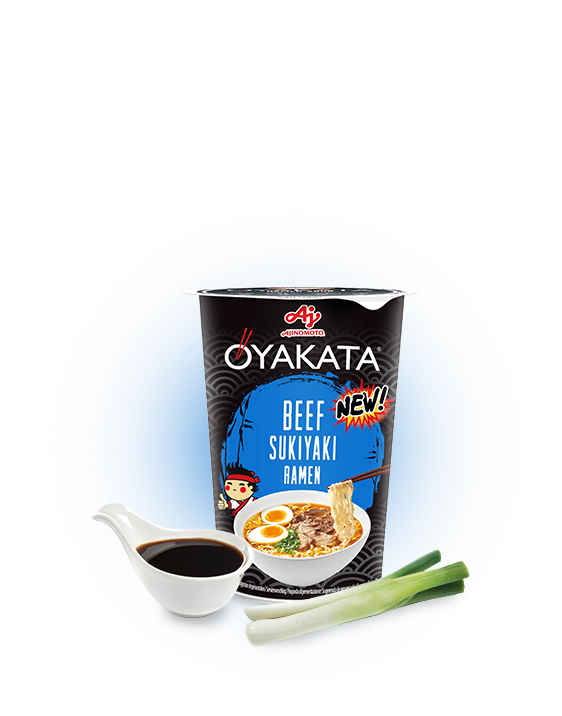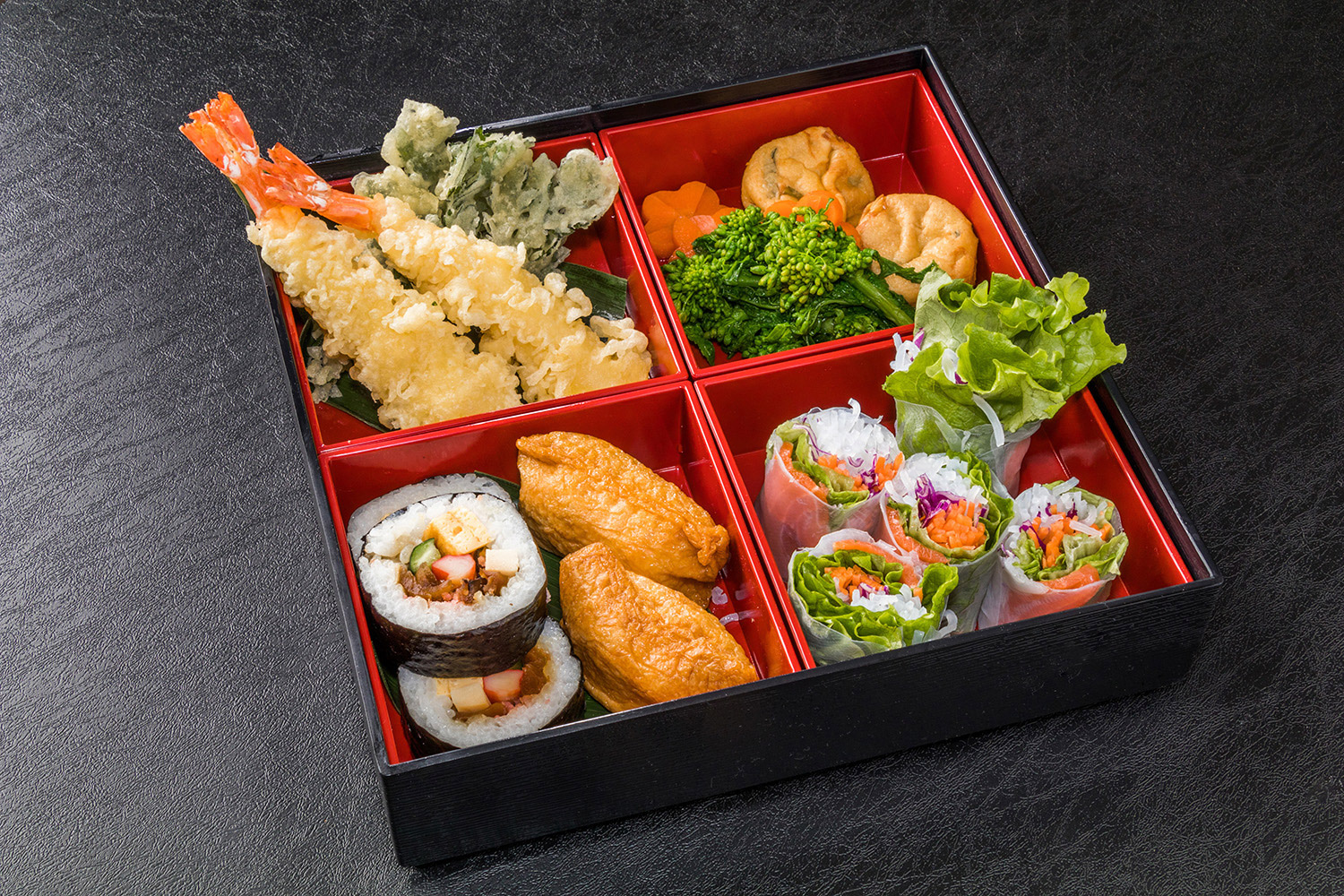

MASTER'S BOOK
BENTO – FANCY JAPANESE LUNCH
Bento box
One of the trends that has swept over Europe is the Japanese idea for a lunch – bento. Bento are portions of food for one person made either at home or store-bought, packaged into small boxes. The portions are packaged in so called bento boxes (bento-bako) – plastic or lacquered wooden boxes.
Japanese Lunch
Bento come from the Edo period – the Japanese would often take small portions of food with them when going to the theatre or for a walk. Ekiben (travel bento) contain pieces of Japanese apricot and originate from the Meiji period. The earliest mentions of bento can be found in texts from the 5th century – they were mostly used by fishermen when at sea.
Japanese lunch
The Japanese make their bento themselves or buy ready-made portions available at train stations, kiosks, department stores or shops specialising in lunchboxes. However, the Japanese more often than not make their own bento at home, adding in whatever ingredients they feel that day.
How to make a bento
Traditional bento recipes are passed down from generation to generation. The boxes vary greatly – all ingredients can have various forms, and the box itself can look like a little work of art. A traditional bento will hold rice, meat or fish and vegetables, udon or pickled cucumbers. The ingredients are arranged to form an aesthetically pleasing and tasty composition.
Oekakiben
Oekakiben is a type of bento in which the ingredients are arranged to form a picture or a scene. They also often depict animals, people or buildings. It is possible to recreate a scene from your favourite movie, cartoon or comic book, or from your everyday life. To make your bento more visually impressive, you can use tricks such as dying rice, cutting patterns in vegetables or using colourful and tasty additions such as seaweed.
Kyaraben
In Japan, you can also often see boxes called kyaraben, which are bento boxes resembling a character – be it from a manga, comic books or video games. Originally, the playful arrangement of ingredients was supposed to entice children to eat – parents would make sure the lunches looked nice and resembled funny characters. The tradition transformed into an everyday activity and introduced an element of fun when making lunchboxes. Nowadays, kyaraben is popular among adults as well.
A special lunch
Bento is yet another part of Japanese culture that has been growing in popularity among Europeans. Carefully selected ingredients ensure that Japanese lunchboxes are healthful and taste good. Arranging the ingredients into interesting compositions makes the dish more fun.























